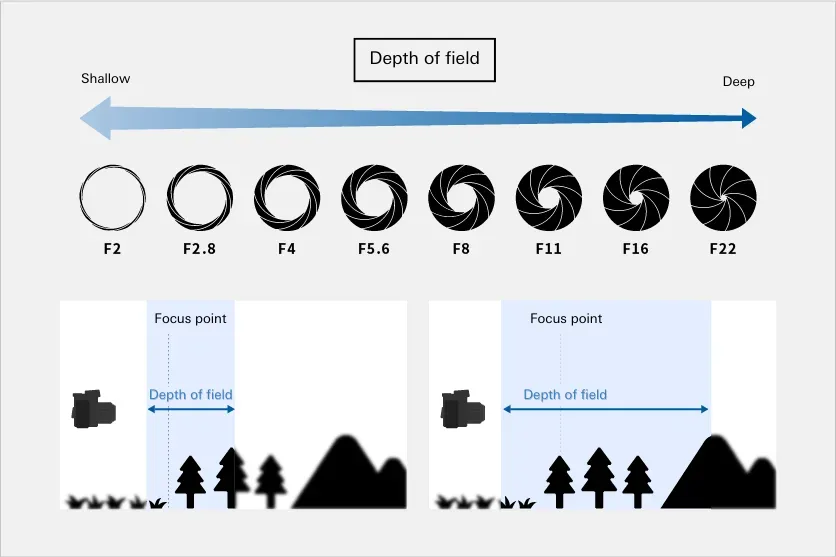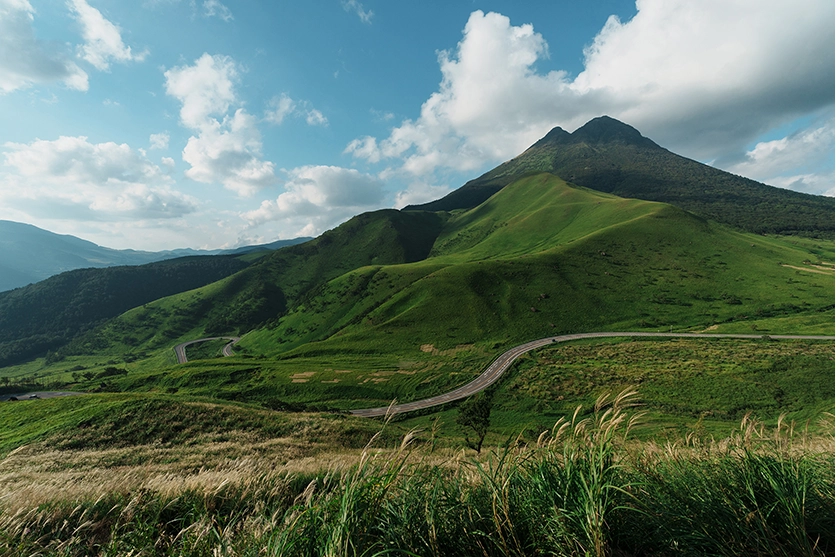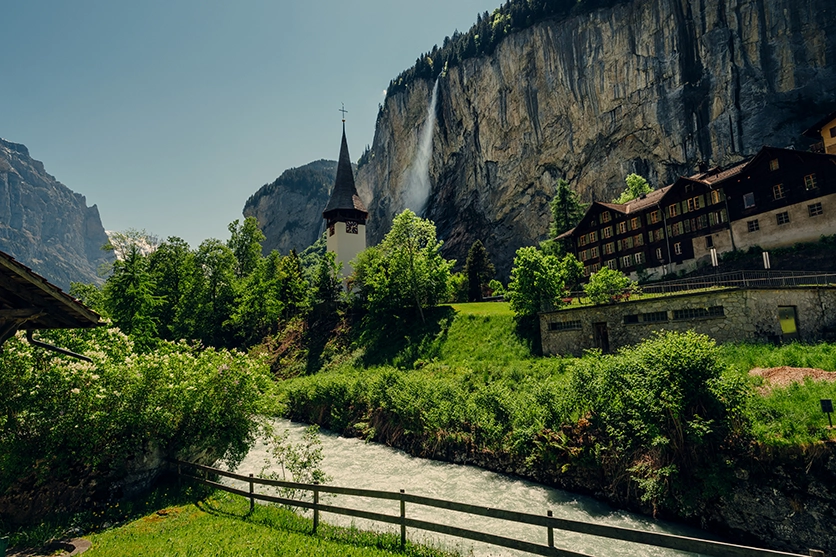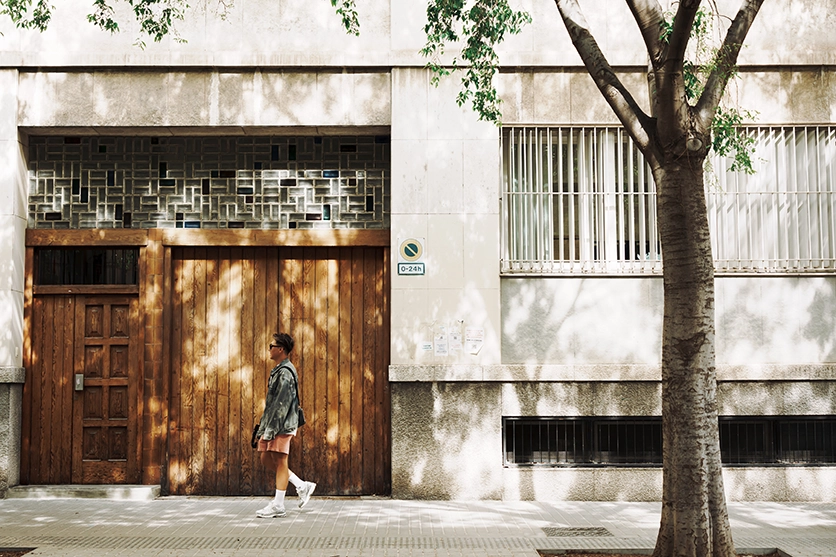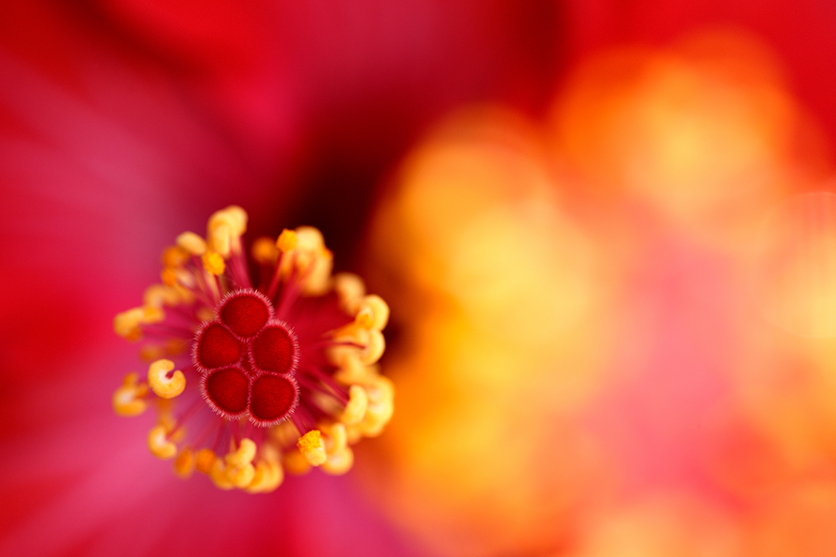January 31, 2025
What is depth of field? Explanation of its meaning and how to use it in photography
What is depth of field? Explanation of its meaning and how to use it in photography
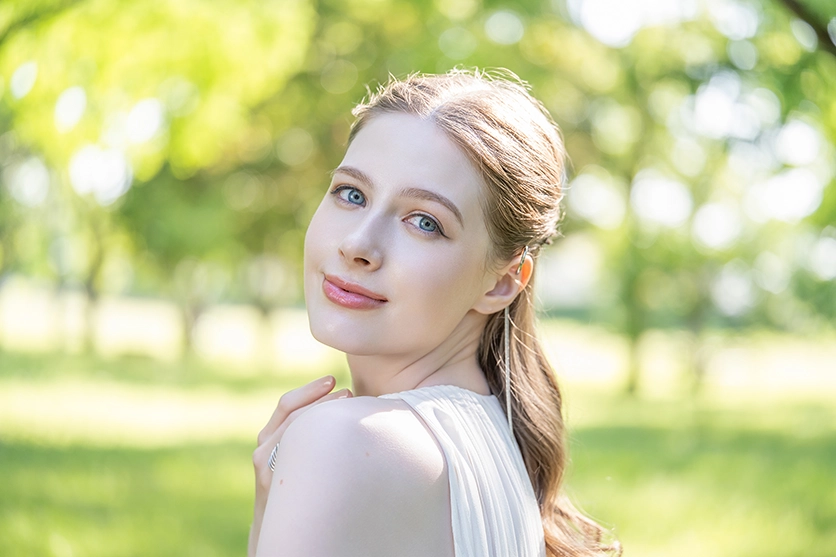

In photography, one of the most notable expressions of an interchangeable-lens camera is the beautiful bokeh effect. "Depth of field" is closely related to the expression of bokeh, and its range changes depending on the lens’s focal length and aperture setting. In this article, we will explain the meaning of depth of field, the elements that affect it, and its relationship with bokeh.
What is depth of field?
Depth of field refers to the range of the photo where the subject appears to be in focus. When taking a photo with a camera, the area that is perfectly in focus is theoretically only one point, but in practice, there is a range in front of and behind the focus point where the subject appears to be in focus. This "depth of field" is the area where the subject is perceived as being in focus.
Depth of field extends in front and behind the focused point. If you move outside this range, the image will gradually start to blur. For example, when shooting a landscape, if the objects in front and behind the main subject also appear in focus, it is the result of the depth of field.
The depth of field can vary significantly depending on the lens and the settings on the camera. A shallow depth of field means the area in focus is limited, and the blur begins quickly in front and behind the focused area, resulting in significant bokeh. On the other hand, a deep depth of field means that everything from the foreground to the background is in focus, which is typically used in landscape photography or other situations where you do not want background blur.
Elements that affect depth of field
The depth of field is primarily affected by three elements: the aperture (F-number), focal length, and the distance between the camera and the subject.
Aperture (F-number)
The F-number is a number that represents the size of the aperture. The smaller the F-number, the wider the aperture, resulting in a shallow depth of field. Conversely, the larger the F-number, the narrower the aperture, which leads to a deeper depth of field.
For example, if you shoot at an aperture like F2 or F2.8 (wide open), the depth of field will be shallow, and you will get a significant amount of background blur. This background blur helps to emphasize the subject and enhances its impact. Such a bokeh effect is commonly used in portrait, flower, and snapshot photography.
On the other hand, if you use an aperture like F8 or F11, the depth of field becomes deeper, and a wider area will be in focus. This is ideal for scenes like landscapes or architecture, where you want everything from the foreground to the background to be sharp.
Focal length
The focal length of a lens also affects depth of field. Generally, the longer the focal length (telephoto lens), the shallower the depth of field, while the shorter the focal length (wide-angle lens) leads to a deeper depth of field.
For example, with a telephoto lens of about 80mm or more, you can easily achieve natural background blur, and the separation between the subject and background becomes clearer. By utilizing the compression effect of a telephoto lens, you can create more impactful photos that highlight the subject. This effect is especially useful in portrait photography, where it helps to make the subject stand out.
In contrast, with wide-angle lenses (around 35mm or shorter), the depth of field is deeper. Since wide-angle lenses have a wider field of view, they allow you to capture expansive scenes in focus. Additionally, wide-angle lenses emphasize perspective (depth and three-dimensionality), making them ideal for capturing a strong sense of space.
Shooting distance (Distance to Subject)
The third element that affects depth of field is shooting distance, or the distance between the camera and the subject. In general, as you get closer to the subject while maintaining focus, the depth of field becomes shallower, and as you move farther away, the depth of field becomes deeper. This characteristic is particularly noticeable in macro photography.
For example, in macro photography of flowers or insects, the range of focus can change by just a few millimeters. When using a macro lens and getting close to the subject, the area of focus becomes extremely narrow, so careful focus is needed.
Even when using a telephoto lens, you can achieve relatively deep depth of field when photographing distant scenes. This is because the distance between the camera and the subject is greater. As such, depth of field is influenced by a variety of factors.
Characteristics of shallow depth of field
Shallow depth of field is characterized by a narrow range of focus, which results in significant background blur. When the focus is on the subject, the areas in front and behind the subject will blur smoothly, making the subject stand out naturally.
The size and smoothness of the bokeh can vary depending on the lens. Larger aperture lenses tend to produce beautifully smooth and creamy bokeh.
Shallow depth of field also enhances the subject’s sense of three-dimensionality. For example, in portrait photography, focusing on the eyes and surrounding areas creates natural depth in the expression, emphasizing the presence of the subject. In close-up shots of flowers or accessories, the background blur helps to emphasize the texture and shape of the object.
Characteristics of deep depth of field
Deep depth of field is ideal for capturing sharp detail across a wide range. For example, in landscape photography, you can capture everything from the foreground to the distant background with sharp detail. This allows the viewer to appreciate the finer details of the scene.
Deep depth of field is also important for architectural and snapshot photography. When photographing buildings, you can capture the details of the facade, as well as the depth of interior spaces, in sharp focus.
Using depth of field for different scenes
Now, let’s look at how depth of field can be applied to various specific shooting situations.
Portraits
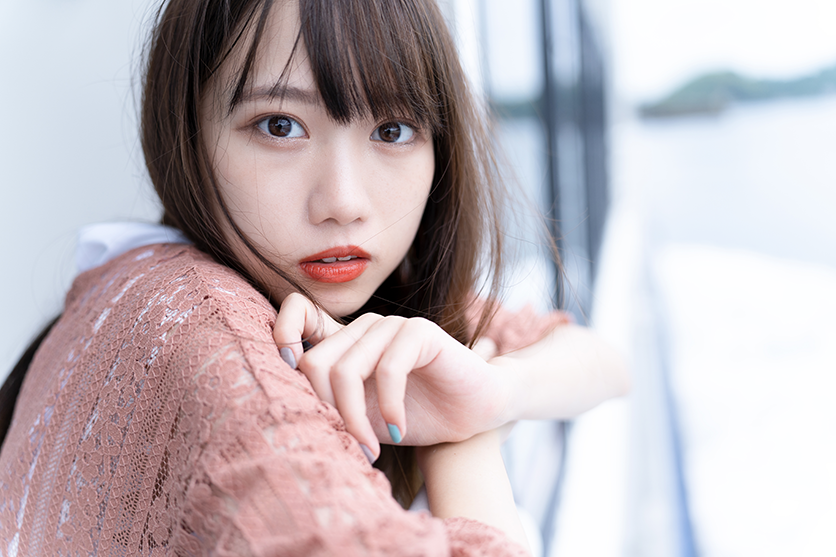
As mentioned earlier, in portrait photography, using a shallow depth of field helps create an impactful image of the subject. Using an aperture like F2 to F2.8 produces a large amount of background blur, allowing the subject to stand out. To capture the beauty of the expression, focus on the eyes.
Using a telephoto lens can also enhance the background blur effect. Due to the compression effect of telephoto lenses, the background appears closer, accentuating the contrast between the subject and the background. In outdoor portrait photography, incorporating bokeh from sunlight filtering through trees or streetlights can create a dreamy atmosphere.
Landscapes
In landscape photography, using a deep depth of field ensures that the entire scene is captured sharply. By using a smaller aperture, you can achieve sharp detail from the foreground to the distant background.
Using a wide-angle lens is particularly effective for capturing grand landscapes with sharpness across the entire frame. Wide-angle lenses make it easier to focus from infinity, allowing the whole scene to appear in focus.
Snapshots
In snapshot photography, where you want to quickly capture moments in front of you, the depth of field needs to balance between sharpness and background blur. If the depth of field is too shallow, the blur may become too intense; if it’s too deep, the intended bokeh effect might not be achieved.
To balance sharpness and blur, it’s recommended to use a F-number between F5.6 and F11, which provides a moderate depth of field. This allows you to achieve a good balance of sharpness and blur. Adjust the aperture based on the final result of the shot. In street portrait photography or action shots, narrowing the aperture for a deeper depth of field can help you focus more easily.
Macro photography
In macro photography, depth of field is very shallow, requiring careful attention to focus. When shooting at wide-open apertures, focus on just a specific part of the subject, leaving the rest out of focus. For example, focus on a part of the flower petal or a stamen.
If focusing at wide apertures becomes difficult, stopping down to F5.6 or F8 will increase the depth of field, making it easier to focus. If using a tripod, this will help prevent camera shake and allow for sharper results.
Applying depth of field to enhance photography expression
Depth of field refers to the range of focus in a photograph and can be influenced by factors like aperture, focal length, and distance from the subject. By understanding how depth of field changes with different settings, you can control the blur and create more impactful and expressive photographs. Experiment with aperture settings and subject distances to develop a sense of depth of field in your photography.

Lens Featured in this Impression
-
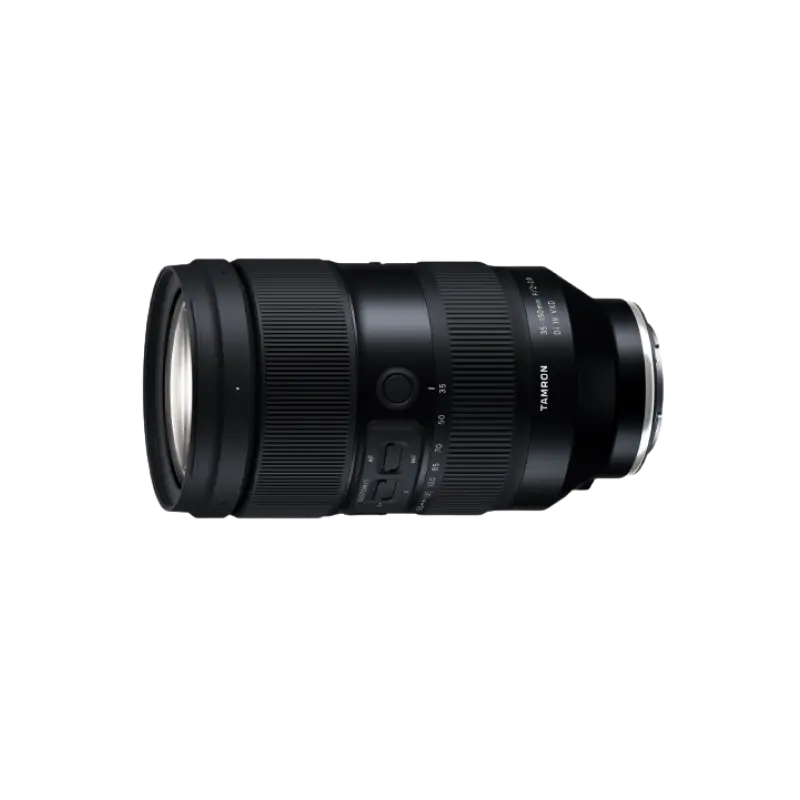
-
35-150mm F/2-2.8 Di III VXD a058(Model )
The 35-150mm F/2-2.8 Di III VXD (Model A058) is a high resolution travel zoom lens that covers everything from the 35mm wide angle to the 150mm telephoto focal length, the first zoom lens achieving an aperture of F2 at the wide angle end. It has a groundbreaking fast-aperture and utilizes the linear motor focus mechanism VXD (Voice-coil eXtreme-torque Drive), thereby achieving high speed, high precision autofocusing. The innovative lens design enabled us to greatly improve the lens's grip and functionality. The software, developed in-house, enables to easily customize functions and to update firmware.
-
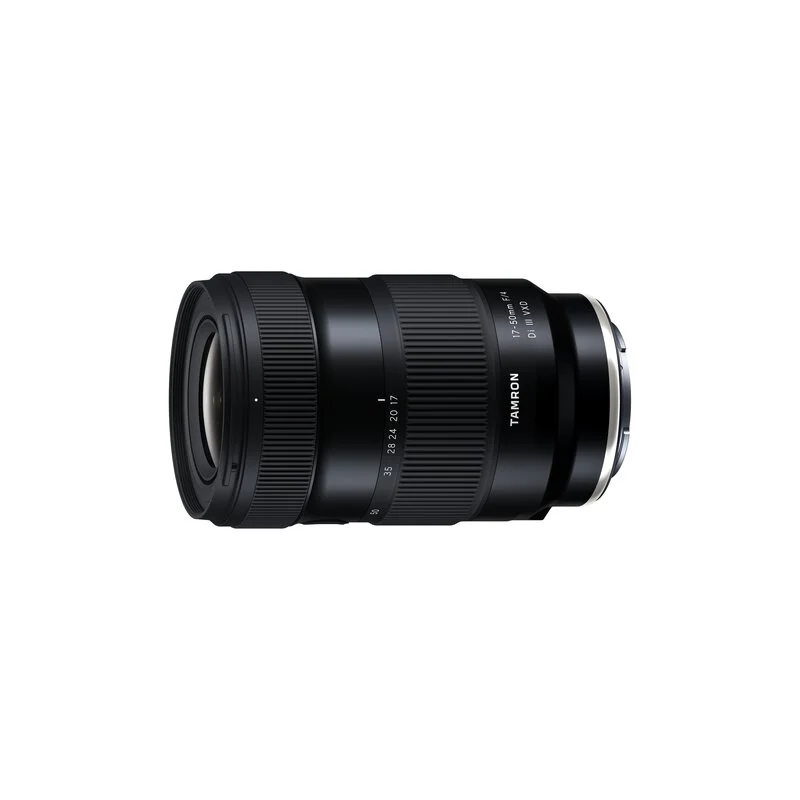
-
17-50mm F/4 Di III VXD a068(Model )
It's the world’s first lens covering from ultra wide-angle 17mm to the standard 50mm focal length. The highly-compact TAMRON 17-50mm F/4 Di III VXD (Model A068) for Sony E-mount full-frame mirrorless cameras offers maximum versatility for still and video creators. From landscapes to living rooms, this lens captures all that you see.
-

-
20-40mm F/2.8 Di III VXD a062(Model )
The 20-40mm F/2.8 Di III VXD (Model A062) is a new large-aperture standard zoom lens that thoroughly pursues portability. While covering the range from the ultra-wide angle of 20mm to the standard range of 40mm, it is the smallest and lightest in its class. It also offers high image quality throughout the entire zoom range, making it useful not only for still image shooting but also for video recording such as vlogging. The VXD, which is quiet and agile, achieves high-speed, high-precision autofocusing. It is a new, unprecedented large-aperture standard zoom lens that allows users to easily enjoy taking out and shooting both still and video.
-
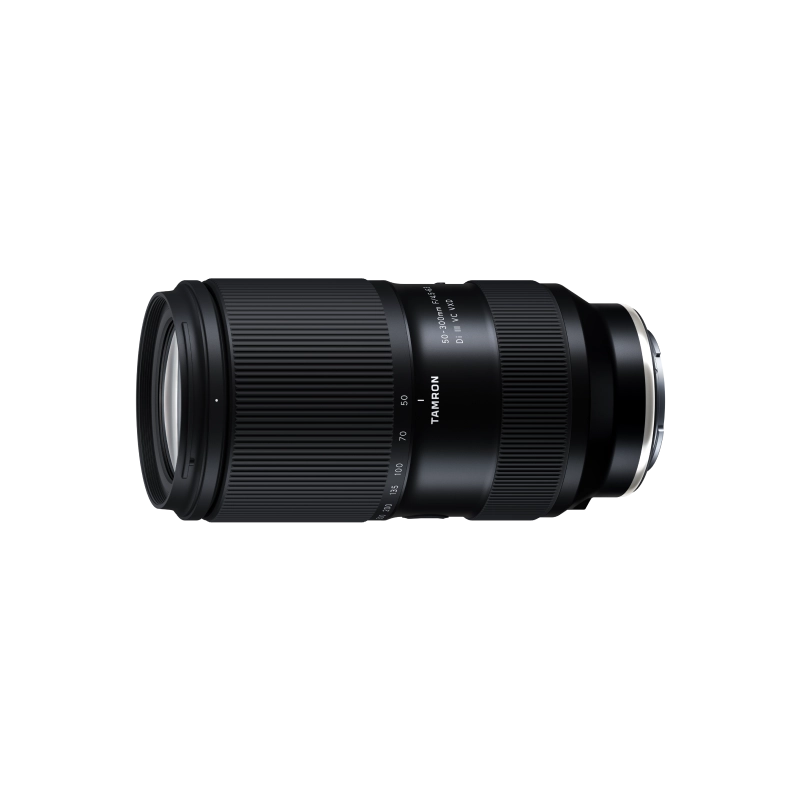
-
50-300mm F/4.5-6.3 Di III VC VXD a069(Model )
50-300mm F/4.5-6.3 Di III VC VXD (Model A069) is a 6x telephoto zoom lens for Sony E-mount that delivers outstanding convenience and image quality. Discover the groundbreaking capabilities of a 300mm telephoto zoom that starts from 50mm at the wide end.
-
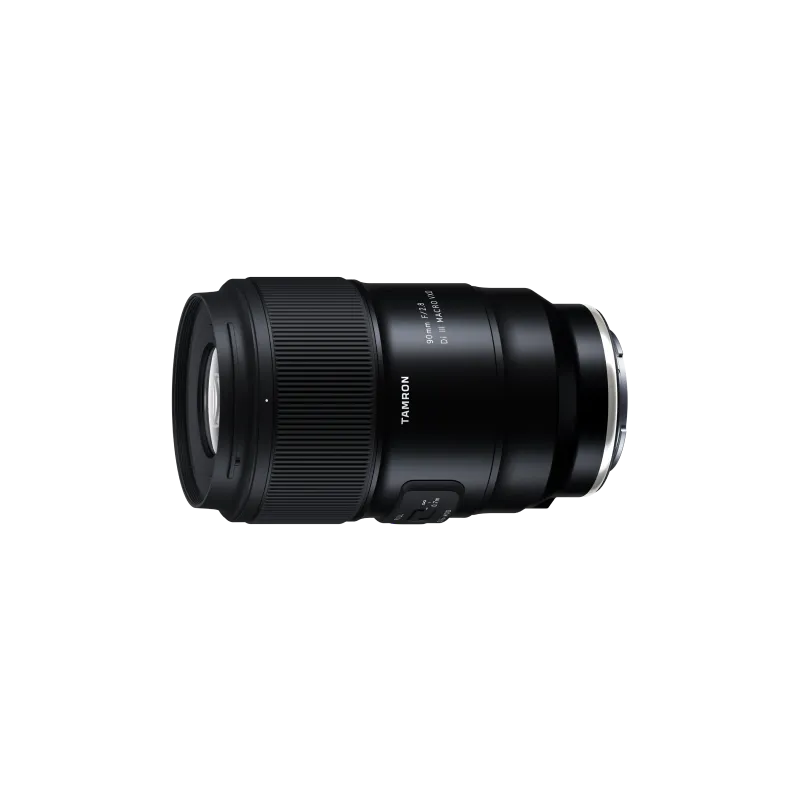
-
90mm F/2.8 Di III MACRO VXD f072(Model )
The 90mm F/2.8 Di III MACRO VXD (Model F072) is the mirrorless version of the TAMRON 90mm macro lens, beloved for many years. It offers outstanding resolution and optical performance, featuring TAMRON’s first 12-blade circular aperture for stunning bokeh and starburst effects. Its lightweight, compact design ensures easy portability, and the new hood with sliding window simplifies filter use. The lens is also compatible with TAMRON Lens Utility™ and has high-speed, high-precision AF, expanding possibilities for photography and videography. This lens blends TAMRON's legacy of brilliance with advanced technology, marking a new chapter in the 90mm macro lens history.

